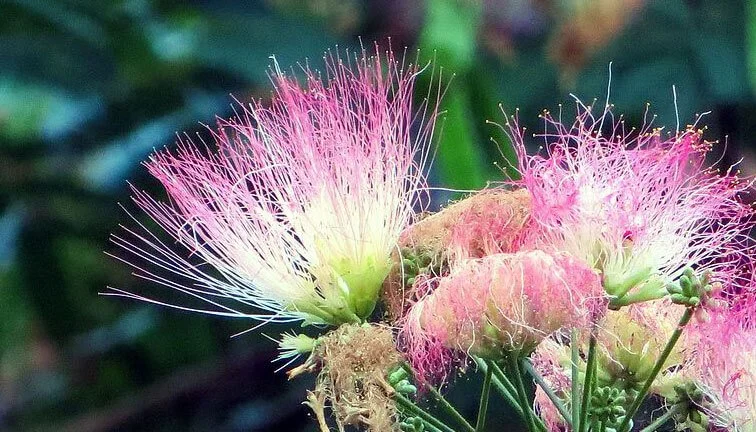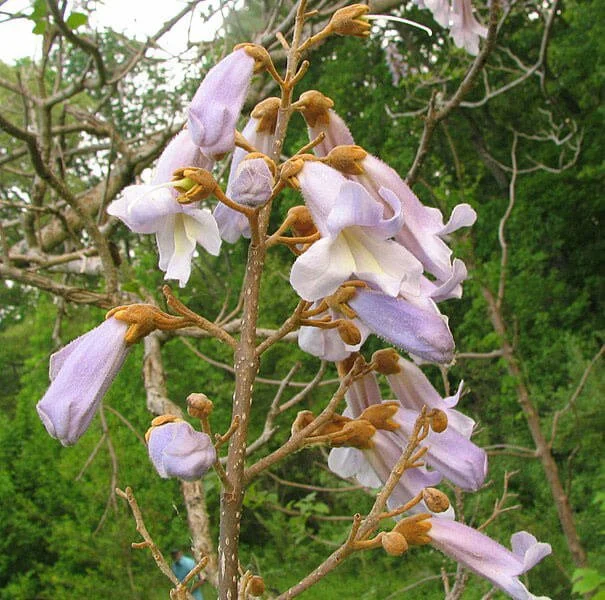Rid Your Yard of These Four Invasive Trees
What to Know About Invasive Trees
Invasive Trees in Our Backyards
For hundreds of years, it was a popular practice to import trees from other continents for their appearance or specific uses. These imports have been posing dangers to local ecosystems ever since. Non-native trees don’t host the local insects and wildlife that native trees do, and they crowd out native plants through competition. These species become invasive when they spread uncontrollably.
A major concern about invasive trees is the rate at which they are replacing native trees that die off from disease or infestation. For example, as Ash trees are lost to the Emerald Ash Borer, invasive trees spread more widely to take their place. This spread can cause severe damage to an ecosystem’s insect, plant and wildlife communities.
Today, thanks to organized groups like Weed Wrangle and modern connectivity, we’re able to make a more concerted effort to target undesirable tree species. Property owners can contribute to area-wide management by choosing not to plant non-native trees, and by removing invasive species when they show up. Planting native trees to replace removed invasive ones is a doubly beneficial practice that strengthens our local ecosystem.
If you’d like to make a start at correcting the problem of invasive trees in your own backyard, here are four species you should work to remove:
Branches and leaves of a Tree of Heaven (Ailanthus altissima)
• The Tree of Heaven was imported from Asia in the late 1700s as an ornamental and urban shade tree. The tree is known for its ability to grow in poor-quality soil with little water, and it thrives in better conditions like forests and backyards. This tree is touted as a great shade tree due to its thick canopy, but according to UT Extension, it has become “the most prevalent invasive plant problem for trees in the state.” Tree of Heaven has leaves that sit at 90 degree angles from its branches like a fern, and it is often mistaken for Sumac. Native alternatives to the Tree of Heaven include Black Walnut, Sweetgum and Sumac.
Flowers of a Mimosa / Persian Silk Tree (Albizia julibrissin)
• The Mimosa or Silk tree is a popular ornamental from Asia. Also arriving in the U.S. in the late 18th century, this tree is favored for its showy pink flowers that bloom in early summer. The tree, which often has multiple trunks, can be difficult to remove because it can quickly grow back from any leftover rootstock. Native alternatives to the Mimosa include the Witch Hazel Tree, Flowering Dogwood and Eastern Redbud.
Flowers of a Paulownia / Princess Tree (Paulownia tomentosa)
• The Princess tree, or Paulownia, is a more recent import, brought from Asia to America in the mid-1800s. These trees are very invasive because they are extremely fast-growing. They have pink flowers that look like buttercups and are favored as shady ornamentals. Native alternatives to the Paulownia tree include Cherry, Flowering Dogwood and Magnolia.
Bradford / Callery Pear (Pyrus calleryana) in fall
• Callery, or Bradford, pear trees were brought to the U.S. from Asia in the early 1900s to help cultivate food-bearing pear trees that would be resistant to a blight wiping out European fruit species at the time. The Bradford pear became a popular choice in urban and suburban areas for its profuse spring flowers. But as seeds from the trees were spread by birds and animals, it became invasive throughout the Eastern U.S. Check out our article on the Bradford Pear Tree here to learn more about why you should remove Bradford Pears from your yard. Suitable native alternatives to Bradford Pears include Flowering Dogwood, Eastern Redbud and Crabapple trees.
Identifying and Removing Invasive Trees
Keeping an eye out for non-native trees is the first step in getting rid of them. If you already have one or more of these trees in your yard, for ornamental purposes, for shade, or for reasons that were outside of your control, you can take steps to have the tree(s) removed.
If you notice unwanted tree saplings growing in your yard, you can pull them out or use an herbicide to oust them in the early growth stage. An herbicide sprayed on the leaves will be absorbed and destroy the stem and roots. If there are a lot of saplings in your yard, you can mow over them and apply a targeted granular herbicide that is safe on grass but effective on weeds.
For trees that are already mature, you can score the trunk and apply a targeted-formula herbicide that can kill the tree in place and have it removed at a later date. It’s best to do this in fall or spring when the tree is in its most active growth period.
Mature trees should be cut down by a certified arborist, who will remove the crown, branches and trunk, then apply an herbicide to destroy the root system. The remaining stump and roots can then be dug out without worry about regrowth.
Once you’ve gotten rid of invasive trees, check out the native and non-invasive alternatives for your yard through the NTCC Tree Sale, which runs from October to March. Stay connected with us by signing up for our newsletter, and keep on top of tree care tips that will maintain our neighborhood canopies in good shape!




